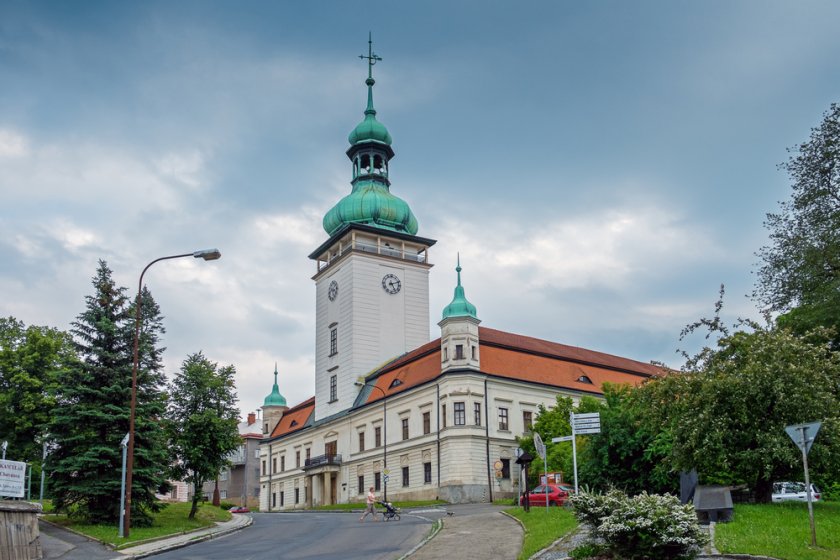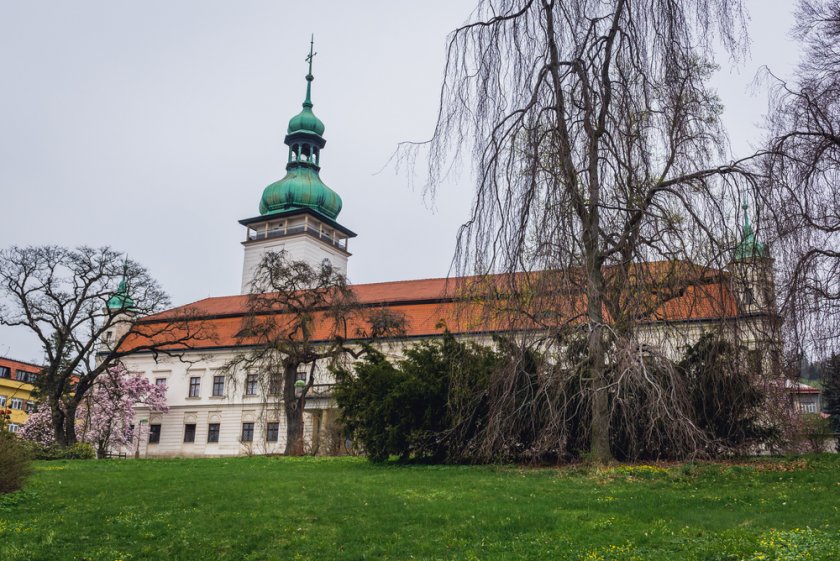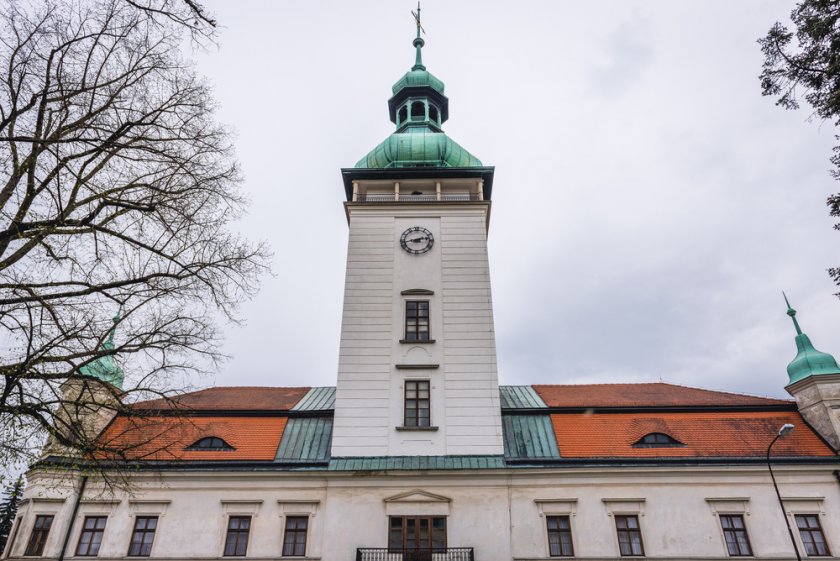Vsetín
The center of Wallachia, the district town and the cultural center of the Zlín Region can be found at the foot of the Vizovické, Vsetínské and Hostýnské hills and the Vsetínská Bečva river, which flows through the town. An important cultural monument of the city is the local castle from the 17th century, which is dominated by a lookout tower, offering an impressive view of the city and its surroundings.
Information for visitors
Interesting facts Vsetín
History of the town
Historical sources about Vsetín, resp. settlement of this area, for the first time speaks in connection with the late 13th century. In 1308, the town of Setteinz with its church and mill is mentioned in the annals, and since 1396, Wssetin has been mentioned for the first time. From the 16th century, the Vsetín estate also appeared in the springs, and over the next few centuries, the local noble owners changed several times. They were, for example, the lords of Kunštát, Cimburk, Pernštejn or Šelmberk.
At the beginning of the 17th century, the original fortress was rebuilt into a chateau. It was a time when Albrecht of Valdštejn was the owner of the town of Vsetín, who severely re-Catholicized the town and invited the Jesuit order here. However, the local population did not agree with this repression, and their dissatisfaction resulted in the Thirty Years' War during several Wallachian uprisings. The repression was really tough here, the city was even burned, but the resistance continued even then. The uprising was not definitively defeated until 1644, when two hundred victims were executed.
One of the most important aristocratic families owned by Vsetín was the Hungarian counts of Illésházy. They owned the manor from the middle of the 17th century for the next two hundred years. They contributed to a fundamental change in the architectural form of the city and the fate of its population. They were hard Catholics, which provoked numerous uprisings among the inhabitants. The tolerance patent, issued in 1781, made a significant contribution to calming the situation.
In 1647, a settlement on the left bank of the Bečva, called Dolní město Vsetín, was promoted to a town, which often led disputes with the other half of Vsetín, and in 1849 the two parts were merged.
In the 19th century, steam sawmills (due to the huge reserves of wood in the surrounding forests), glassworks and match production were established here. However, Vsetín is extremely famous for the production of high-quality bentwood furniture by the factories of the Thonet brothers and Jakub and Josef Kohn.
From 1909, Vsetín became a district town.
Sights and interesting places
The most valuable monument in Vsetín is the local Renaissance chateau from the beginning of the 17th century, in which you can see not only the chateau interior, but also the exposition of the regional museum of Wallachia.
Today, the Protestant past of Vsetín is associated with the Evangelical Church of the Lower Church and the Helvetic Evangelical Church of the Upper Church.
The largest city park in Vsetín is known as the Manor Gardens.
Author: Andrea Štyndlová





